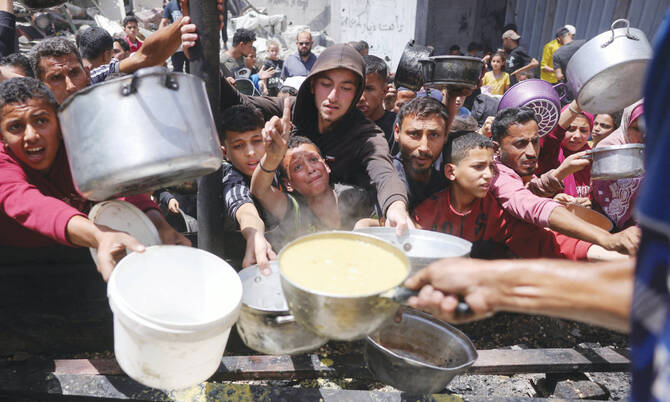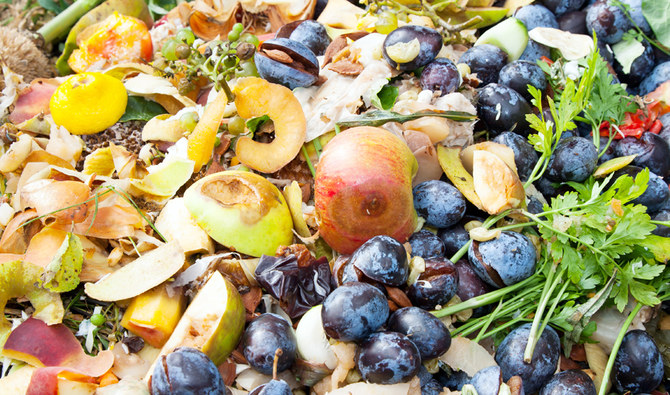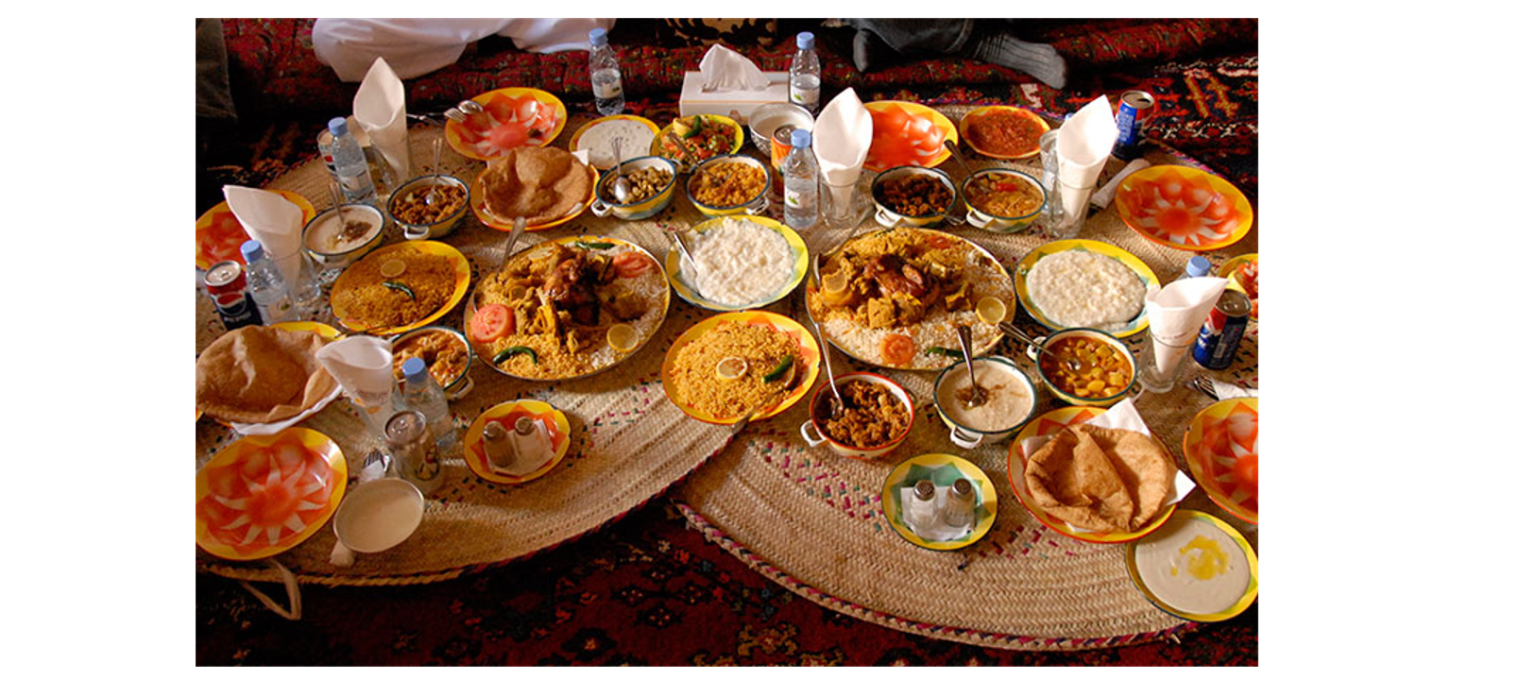Saudi Arabia’s food waste crisis is growing at an alarming rate, with estimates suggesting it may reach 5 million tons by 2025. Despite national efforts to raise awareness and improve sustainability, the country remains one of the highest food wasters globally. If this issue is not addressed, it could severely impact the environment, economy, and food security.
In a country where generosity and lavish hospitality are cultural cornerstones, the excessive discarding of edible food has become a deep-rooted issue. The latest government and environmental reports show that the average citizen in Saudi Arabia wastes more than 250 kilograms of food per year—almost double the global average.
What is Driving Saudi Arabia’s Food Waste Crisis?

There are many factors contributing to Saudi Arabia’s food waste crisis. One major reason is cultural norms. In many households and public gatherings, preparing more food than necessary is seen as a sign of generosity and status. Unfortunately, much of that food ends up in the trash.
In addition to cultural habits, lack of awareness, poor storage facilities, and limited regulation enforcement also play a significant role. Many people discard food that is still safe to eat because of confusion about expiration labels or a lack of knowledge about food preservation.
Restaurants and hotels, especially during festivals and holidays such as Ramadan and Hajj, also contribute to the problem. Large buffets are commonly offered, and leftovers are often thrown away instead of being donated or reused.
The Environmental Impact of 5 Million Tons of Waste
The environmental consequences of Saudi Arabia’s food waste crisis are substantial. Wasted food leads to increased greenhouse gas emissions. When food decomposes in landfills, it releases methane, a gas that is 25 times more potent than carbon dioxide in terms of trapping heat in the atmosphere.
Moreover, the country’s agricultural sector consumes vast amounts of water and energy to produce food that ends up being discarded. In a desert nation where water is already scarce, this misuse of resources adds even more pressure on natural reserves.
If the nation truly reaches the 5 million tons mark by 2025, the environmental damage could be severe. That much food waste equals millions of gallons of water and thousands of kilowatt-hours of energy going to waste annually.
The Economic Costs Behind the Waste
Economically, Saudi Arabia’s food waste crisis is costing the nation billions. The Ministry of Environment, Water and Agriculture has estimated that annual food waste could cost more than SAR 40 billion. This money could otherwise be used for healthcare, education, and infrastructure.
Supermarkets, restaurants, and even homes lose large sums of money through spoilage, poor planning, and over-purchasing. Households in particular often buy in bulk without proper storage planning, leading to unnecessary spoilage and waste.
Additionally, the cost of waste management—including collection, transportation, and landfill maintenance—is heavily burdening municipalities and the government.
Social Impact and Food Insecurity
It may be surprising to know that while food is being wasted, many families in Saudi Arabia still face food insecurity. There is a growing gap between food surplus and accessibility. Food banks and charity organizations struggle to get enough donations to feed those in need, despite the large quantities of food being thrown away every day.
Solving Saudi Arabia’s food waste crisis could help bridge this gap. If more restaurants and families donated leftovers or redistributed surplus food, it could significantly reduce hunger and increase social equality.
Government Initiatives and Campaigns

Recognizing the seriousness of Saudi Arabia’s food waste crisis, the government has started taking steps to address the issue. The Saudi Grains Organization (SAGO), in partnership with local NGOs and food banks, has launched several public awareness campaigns focused on reducing waste.
Laws and regulations are also being introduced to encourage food businesses to manage inventory better and adopt sustainable practices. However, implementation and public cooperation remain challenging.
In addition, mobile apps and technology platforms are being developed to connect food donors with local shelters and charities, making food redistribution easier and more efficient.
What Can Citizens Do to Help?
The fight against Saudi Arabia’s food waste crisis is not just a government responsibility—it starts at home. Every citizen can make a difference by:
- Planning meals properly to avoid overbuying
- Storing food correctly to increase shelf life
- Donating surplus food through verified local charities
- Educating children and family members about the value of food
- Using food waste apps that track expiration dates and suggest recipes
Restaurants and caterers can also contribute by offering smaller portion sizes, reusing leftovers creatively, and partnering with food recovery organizations.
A Warning and a Hope
If left unchecked, Saudi Arabia’s food waste crisis could become a major environmental and humanitarian concern by 2025. The projected 5 million tons of waste is not just a statistic—it represents lost resources, rising costs, and missed opportunities to help those in need.
However, with a united effort from the government, private sector, and the public, this crisis can be managed. Changing behavior, improving infrastructure, and enforcing policies will be key to building a sustainable and waste-conscious future.
Also Read – Major Shifts in Kuwait’s Food Consumption Habits Since 2020



